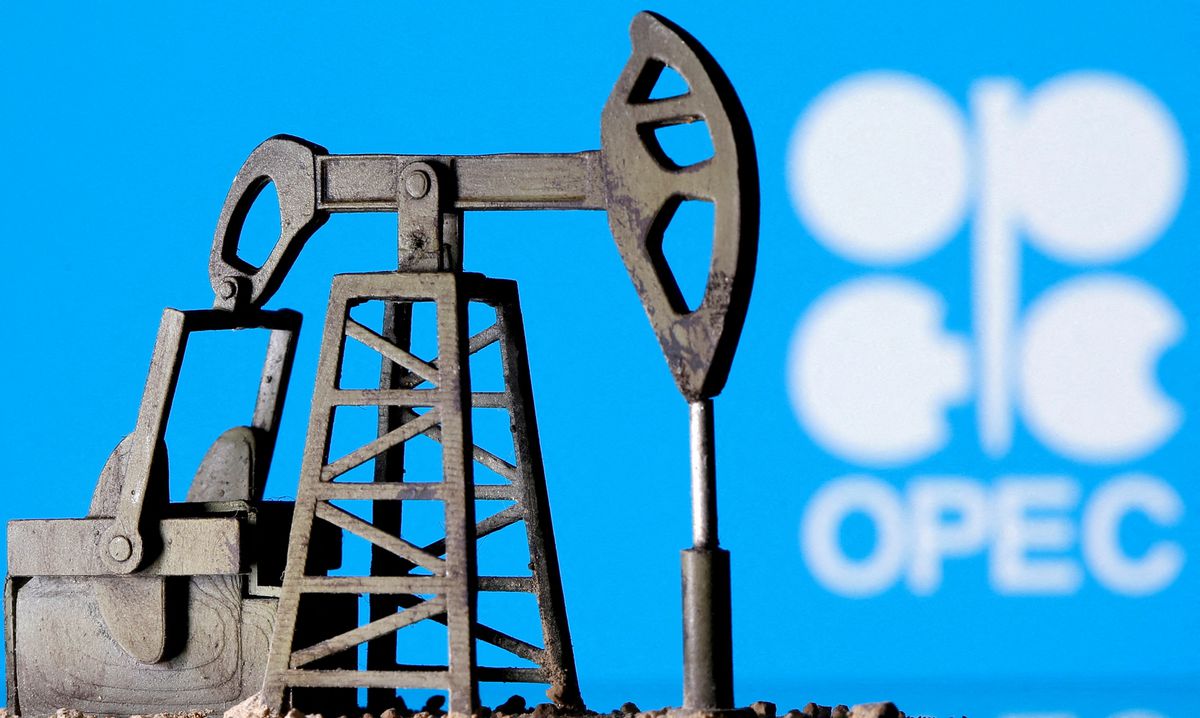OPEC on Tuesday stuck to its forecast for relatively strong growth in global oil demand in 2024, despite lower-than-expected use in the first quarter, saying travel and tourism would support consumption in the second half of the year.
The Organization of the Petroleum Exporting Countries, in a monthly report, said world oil demand will rise by 2.25 million barrels per day (bpd) in 2024 and by 1.85 million bpd in 2025. Both forecasts were unchanged from last month.
OPEC’s report is the latest to flag robust oil market conditions heading into the second half of the year. Oil rose 3 per cent on Monday after Goldman Sachs said transport demand would push the market into a third-quarter deficit.
OPEC said steady global economic growth has continued in the first half of 2024 and forecast that world oil demand would rise by 2.3 million bpd in the second half.
“Globally, the services sector maintains a stable momentum,” OPEC said.
“It is projected to be the main contributor to the economic growth dynamic in the second half of 2024, particularly supported by travel and tourism, with a consequent positive impact on oil demand.”
OPEC+, which groups OPEC and allies such as Russia, has implemented a series of output cuts since late 2022 to support the market. The group agreed on June 2 to extend the latest cut of 2.2 million bpd until the end of September and gradually phase it out from October.
Oil was steady after the OPEC report was released with Brent crude edging down towards $81 a barrel.
DEMAND VIEW SPLIT
There is a wider than usual split between forecasters on the strength of oil demand growth in 2024, partly due to differences over the pace of the world’s transition to cleaner fuels.
The report showed that OPEC, at the high end of forecasts, is sticking to its guns.
Although OPEC lowered its estimate of total demand in the first quarter of this year by 50,000 bpd to 103.51 million bpd, it increased its second-quarter forecast by the same increment and made no change to its full-year figure.
The International Energy Agency, which represents industrialised countries, expects much lower demand growth than OPEC of 1.1 million bpd and is scheduled to provide an update on its view on Wednesday.
Goldman Sachs said on Monday solid summer transport demand will push the oil market into a third-quarter deficit of 1.3 million bpd. Figures in OPEC’s report imply an even larger gap between supply and demand.
OPEC projects demand for OPEC+ crude, or crude from OPEC plus the allied countries working with it, at 43.6 million bpd in the third quarter, much more than the group is currently pumping, according to the report.
The OPEC+ group pumped 40.92 million bpd in May, the report said, citing figures from secondary sources. That marked a drop of 123,000 bpd from April with declines in Russia and Kazakhstan offsetting increases in Nigeria and smaller African producers.







Click here to change your cookie preferences